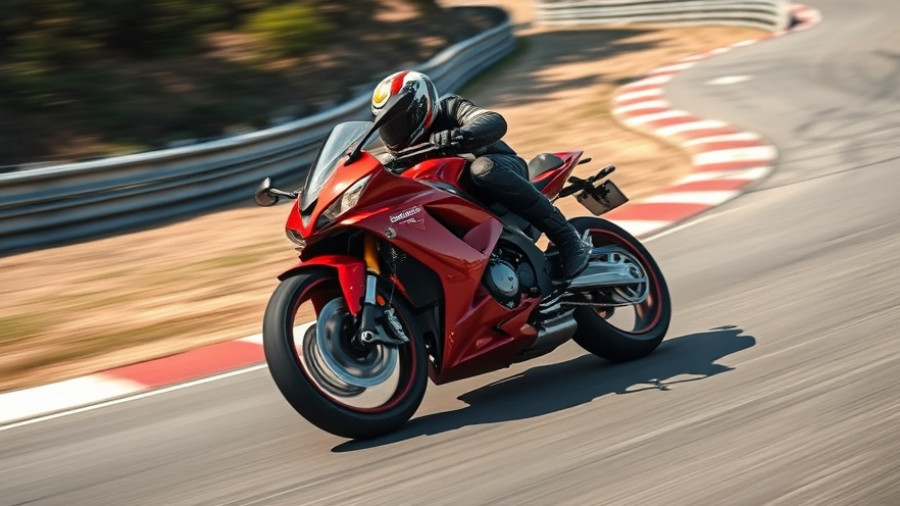
The Ram TRX: A Return to Glory
The automotive world is buzzing with the exhilarating news that the Ram TRX is making a comeback—a move that has fans and enthusiasts applauding. After several years of shifting focus toward electrification and walking away from mighty V8 engines, Stellantis, the parent company of Ram, has realized that the demand for high-performance vehicles remains robust. Their decision is not just about nostalgia; it's a calculated response to market dynamics and consumer preferences.
Financial Insights: Why V8 Engines Matter
Stellantis CEO Antonio Filosa confirmed during a recent financial call that the V8 engine, particularly the one powering the TRX, isn’t going away anytime soon. "V8 trucks make money. Big money," he emphasized. This admission reflects a broader trend across the automotive industry, wherein companies are reevaluating their electric-first strategies in light of changing regulations and market realities. With the current U.S. administration softening fuel economy standards, automakers have more freedom to pump out powerful, gas-guzzling beasts like the TRX.
A Look Back: The Legacy of the TRX
The original Ram 1500 TRX, with its awe-inspiring 702 horsepower generated by a Hellcat-sourced engine, set a high bar within the muscle truck segment. Fans are eager to see what Ram can whip up next. With competitive models from Ford, such as the Raptor R boasting 720 horsepower, it is expected the new TRX will not only meet this challenge but strive to exceed it as well.
The V8 Revival: Implications for Ram and its Competitors
The TRX isn’t an isolated phenomenon; it signifies a full-on revival of the V8 engine within Ram's lineup. Along with the TRX, a new line of Hemi engines is set to debut in 2026. This move is indicative of a larger industry shift back to traditional powertrains amidst growing consumer interest in performance over fuel efficiency.
Connecting with Enthusiasts: The Power of Nostalgia
Nostalgia plays a crucial role in the automotive market. Fans of muscular trucks have long yearned for their favorites, making this revival poignant. The decision to bring back the TRX is a love letter to those consumers who still value the thunderous roar of a V8 engine—a sound that electrifies the senses and connects with the deep-rooted spirit of American automotive culture.
What’s Next for Stellantis?
Exciting times are ahead for Ram fans. With 25 new product announcements anticipated over the next 18 months, it is clear that Stellantis aims to recapture its legacy of building bold, powerful trucks. They have acknowledged the mistake of straying from their V8 heritage and are steering back on course—leading to a promising future infused with both vigor and performance.
Final Takeaway: A Shift in Perspective
The automotive landscape is evolving, and so are the needs and desires of consumers. As performance models like the Ram TRX re-emerge, it highlights a collective acknowledgment within auto manufacturers of the importance of understanding and appealing to the roots of their brand identity. Expect more thrilling horsepower, upgraded technology, and a return to unapologetic American engineering in the upcoming years. The comeback of the TRX signifies not just the return of a truck, but the return of joy in driving those incredibly powerful machines.
 Add Row
Add Row  Add
Add 




Write A Comment